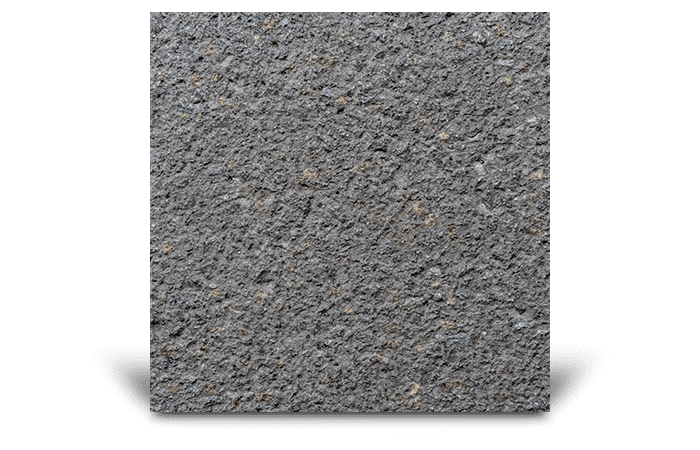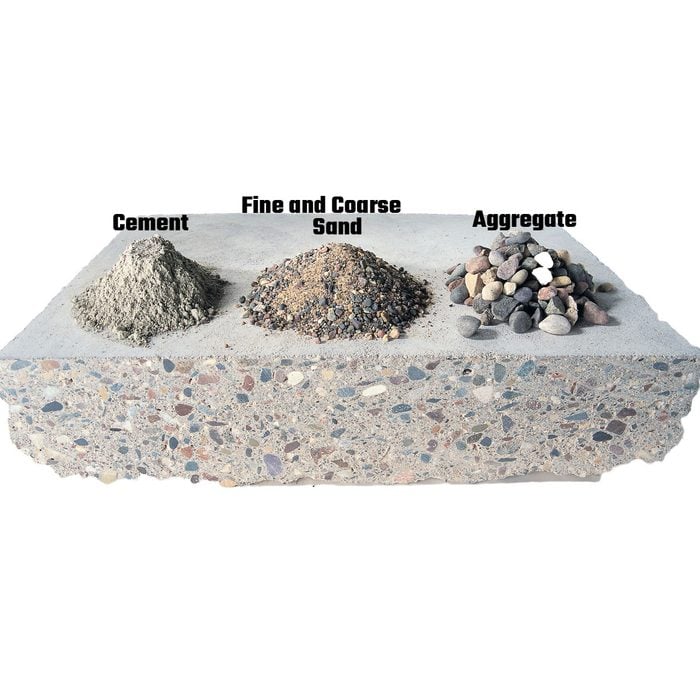Introducing the Eco-Friendly Advantages of Utilizing Recycled Concrete in Lasting Building And Construction Practices
In the realm of lasting construction techniques, the use of recycled concrete stands as a pivotal yet often underestimated resource. Past its conventional applications, recycled concrete deals a myriad of environmentally friendly benefits that extend much beyond the boundaries of traditional building and construction materials.
Ecological Advantages
By incorporating recycled concrete right into building and construction methods, there is a considerable decrease in the demand for new raw products, leading to conservation of all-natural resources. In addition, the use of recycled concrete lessens the amount of waste being sent out to landfills, therefore minimizing environmental contamination and reducing the pressure on land fill capacities (Concrete).

In addition, the manufacturing of typical concrete is a substantial resource of carbon discharges because of the energy-intensive process of concrete production. On the other hand, recycled concrete has a lower carbon footprint as it lowers the need for new concrete production. This decline in carbon exhausts contributes to mitigating climate adjustment and sustains sustainable construction practices. Overall, the ecological benefits of using recycled concrete are significant and play a crucial duty in promoting eco-friendly building and construction approaches.
Cost-Efficiency
Attaining cost-efficiency is a paramount consideration when evaluating the use of recycled concrete in building and construction projects. One of the key advantages of utilizing recycled concrete is its cost-effectiveness compared to standard concrete.
In addition, using recycled concrete can result in cost savings in garbage dump expenses by drawing away concrete waste from disposal websites. This not just lowers the ecological influence yet also eliminates the costs associated with waste removal. The sturdiness and performance of recycled concrete are comparable to conventional concrete, ensuring that price financial savings do not endanger the high quality of the building.
Sturdiness and Stamina
Considering the significant cost-efficiency advantages of utilizing recycled concrete, it is imperative to examine its sturdiness and stamina in construction applications. Recycled concrete deals similar, if not superior, longevity and toughness properties to typical concrete. With advancements in handling techniques and quality control, recycled concrete can fulfill or exceed the efficiency requirements of conventional concrete. The process of reusing concrete involves squashing, sorting, and evaluating old concrete to produce accumulations that can be utilized in brand-new building tasks. These recycled aggregates can offering satisfactory compressive toughness, durability, and long-lasting efficiency.

Waste Decrease
Efficient waste reduction methods play a critical role in the sustainable use of sources within the building and construction industry. Waste decrease is a key benefit that contributes substantially to ecological preservation when it comes to making use of recycled concrete. Traditional construction methods typically create significant quantities of waste, specifically in the kind of concrete debris from demolition websites. By including recycled concrete right into building and construction tasks, this waste is repurposed and drawn away from land fills, lowering the total ecological influence of building and construction tasks.
Additionally, the use of recycled concrete can lead to set you back savings for building and construction projects, as it is commonly more cost effective than sourcing and transferring brand-new products - Concrete. In final thought, waste decrease through the usage of recycled concrete is an essential component of sustainable building and construction practices that benefits go to my site both the environment and the building market as a whole.
Power Preservation
Energy conservation is an essential aspect of sustainable building methods, intending to reduce the overall energy usage related to building operations and materials manufacturing. When it comes to making use of recycled concrete in building and construction, significant power financial savings are accomplished compared to traditional concrete production. The procedure of creating recycled concrete includes reusing and crushing existing concrete materials, which eats much less power than mining, handling, and moving resources for brand-new concrete manufacturing. Furthermore, making use of recycled concrete can assist reduce the demand for virgin aggregate, more lowering the energy-intensive removal and processing of natural deposits.
Conclusion
Finally, the application of recycled concrete in lasting construction techniques uses various environmental advantages, cost-efficiency, sturdiness, strength, waste decrease, and energy preservation. By integrating recycled concrete into building and construction jobs, we can add to a much more eco-friendly and sustainable future. It is necessary for the building and construction market to prioritize making use of recycled products to help in reducing the ecological impact of construction activities.
One of the crucial advantages of making use of recycled concrete is its cost-effectiveness contrasted to conventional concrete.Additionally, the use of recycled concrete can lead to financial savings check my source in landfill expenses by drawing away concrete waste from disposal sites. The resilience and efficiency of recycled concrete are equivalent to traditional concrete, making certain that expense savings do not jeopardize the top quality of the building.
